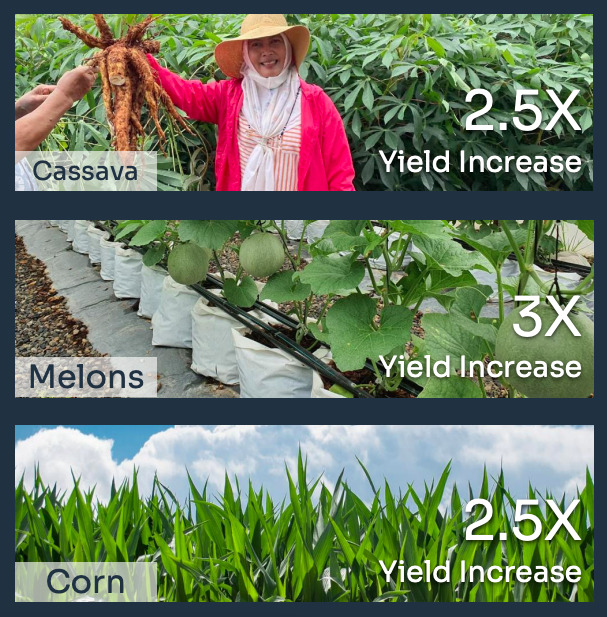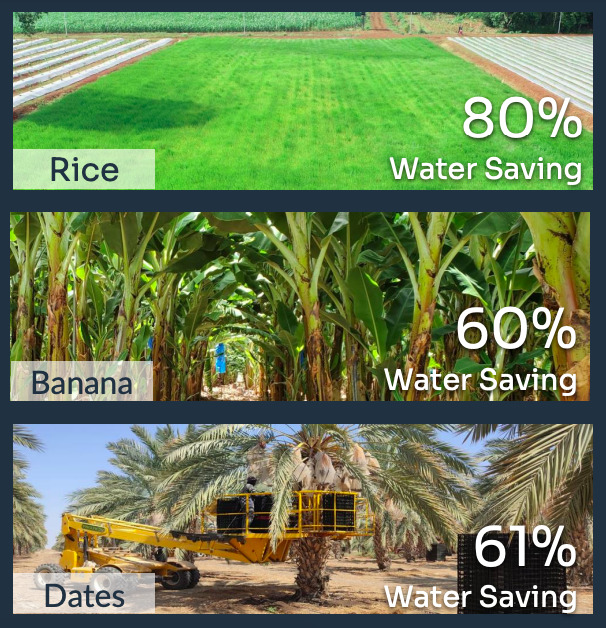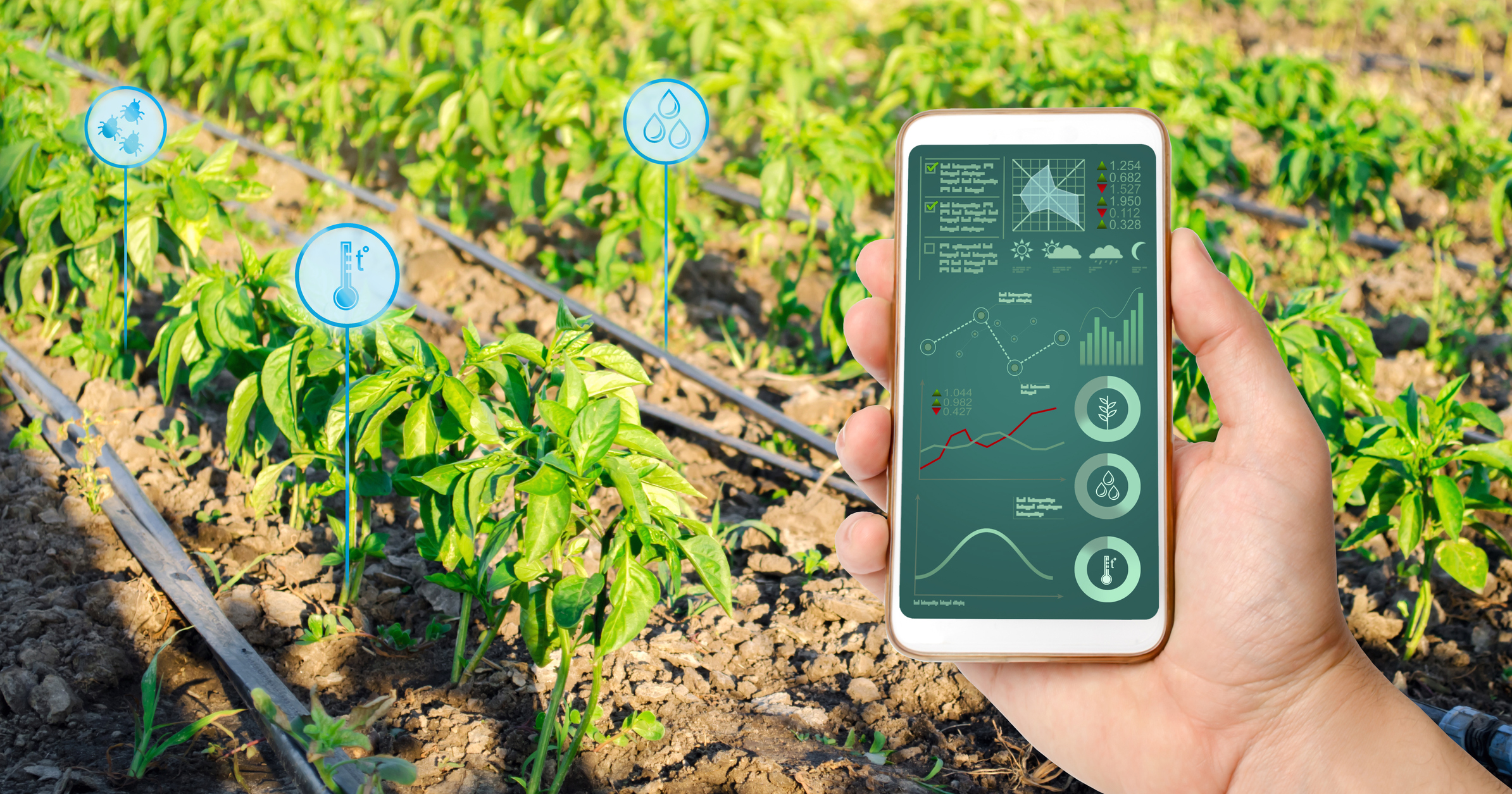In November last year, leaders across government, industry, and civil society met at the The Global Food Security Forum in Bali to assess food security as a global challenge and offer bold solutions for strengthening food systems, securing supply chains, and fighting world hunger. One of the panel speakers was Erez Fait, co-founder and president at Agrinoze, who was there to discuss how the company’s fully automated, real-time system for precision irrigation can help address the global food crisis.
Globally, almost one in ten people don’t have enough food to eat, and 3.1 billion people can’t afford a healthy, nutritious diet. Food prices have risen by about 20% year-on-year over the last decade and fertiliser prices have soared by as much as 300% in some regions. Increasingly severe droughts and water scarcity, exacerbated by climate change, are adding fuel to the fire.
The World Resource Institute estimates that we will have to produce 50% more food by 2050, without using any more land. Reaching this target and achieving global food security will require fundamental, sweeping reforms in the way we produce food and manage the natural environment.
This was the grand challenge guiding the conversation at The Global Food Security Forum. And Erez Fait believes he has a solution.
Fait says that the global agri-food system has been relying on ‘outdated growing methods’ for far too long, methods that waste water, fertiliser and don’t maximise yields per section of land. These techniques are largely based on assumptions about a plant’s needs, not real-time data. This means farmers are often irrigating at the wrong time, in the wrong place and not in tune with a plant’s physiological needs, he says.
To combat this wasteful use of valuable resources, Agrinoze has developed an end-to-end solution for sustainable drip irrigation.
This is how it works. Real-time sensors are deployed in the soil and root zone of crops. These sensors measure and transmit real-time information on water, soil and climatic conditions to a machine learning algorithm that finds the optimal irrigation point for any field. Then the hardware of the operation, an irrigation control room based at the site, controls the distribution of water and fertiliser across the field via non-drain drip line pipes.
The irrigation solution has consistently resulted in 300% higher yields using 30-60% less water and, in some cases, no fertiliser whatsoever
This is what Agrinoze calls ‘water on demand’ irrigation – essentially giving plant’s what they need, when they need it. The method has been tested by over 150 farmers globally. Fait says that time and time again, it has consistently resulted in 300% higher yields using 30-60% less water and, in some cases, no fertiliser whatsoever.
In California, currently in the midst of a record multi-year drought, Agrinoze deployed its solution across almond and grape fields – some of the most water-intensive crops in the world. Over the test period, the fields using Agrinoze were reported to use 65% less water and no fertiliser, with equal if not better yields.

During the fourth quarter of 2020, Agrinoze tested the impact of its precision irrigation on Cassava, as part of a south-east Asia precision irrigation project.
Cassava is a tropical root crop that provides the staple food of an estimated 800 million people worldwide. Fait says that one of the advantages of the Agrinoze solution is that it can manage aggressive, dense planting protocols like those seen in Cassava plantations.
The cassava seedlings were planted with a spacing of 50 cm x 50 cm, twice as dense as traditional spacing. 3 months after planting, several cassava roots were harvested for testing. The roots were measured and tested by a local lab and were found to be suitable for marketing after a third of the typical cycle. Not only were the plants ready much faster, the yields were increased by almost 300% compared to usual methods, with approximately 50% of water and 50% of fertilisers saved.

Whether it’s melons in California, bananas in Israel or corn in South-East Asia, Agrinoze seems to have proven that precision irrigation based upon real-time data doesn’t just improve yield but saves precious water and fertiliser resources as well.
“Precision irrigation dramatically improves efficiency of crops and saves financial costs while increasing production,” says Fait. “Even though these technologies might seem costly at first glance, farmers make huge savings in the long run. They make more money from increased yields and have lower input costs due to reduced water and fertiliser requirements.”
“Agriculture is undergoing a ‘Digital Revolution’, with immense potential for improving the lives and livelihoods of farmers around the world,” says Riad Meddeb Director at the UNDP Global Centre for Technology, Innovation and Sustainable Development in Singapore.
The UNDP published a report last year Precision Agriculture for Smallholder Farmers detailing the various innovations emerging in the area of digital farming, and how these technologies can support small-scale farming, which produces around one third of the world’s food.
The report recommends that small-scale farmers be supported in digital transformation through funding mechanisms, digital skills training and farmer cooperatives so that solutions like Agrinoze can become scalable across many socio-economic contexts.
Ultimately, digital transformation of agriculture is no longer a nice-to-have but a must have. With support from governments and investors, precision irrigation will no doubt become a staple component of the agri-food system in years to come.
This article was first published in our Issue 4 Magazine – Watertech’s Role in Food Security







